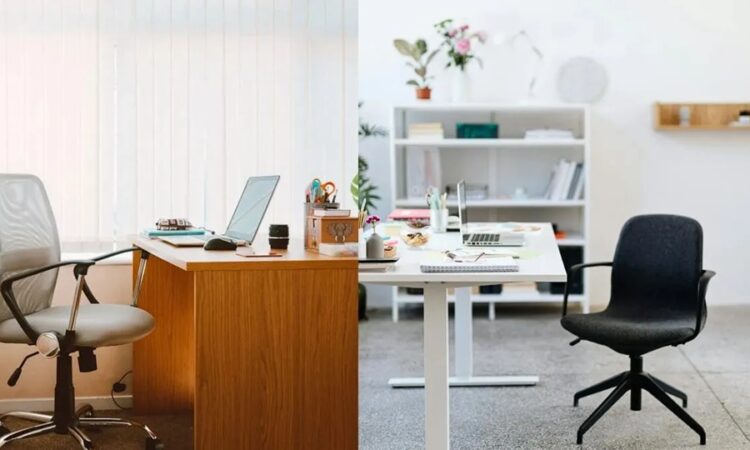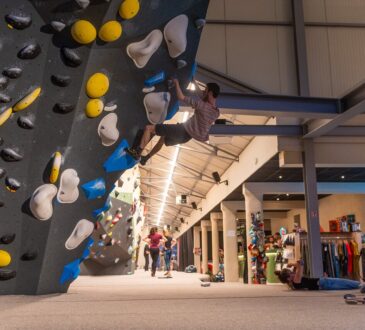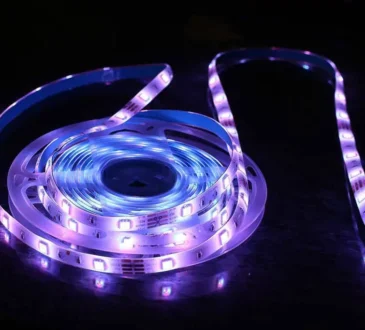
Your desk chair is arguably the most important piece of office equipment you’ll ever invest in, serving as the foundation for productivity, health, and professional success throughout your career. In Singapore’s demanding business environment, where professionals routinely work extended hours and face intense competitive pressures, the difference between a mediocre seating solution and an exceptional one can determine not only daily comfort but long-term career trajectory and personal wellbeing.
The Hidden Impact of Seating on Professional Performance
The relationship between seating quality and workplace performance extends far beyond simple comfort considerations. Poor seating choices create a cascade of negative effects that subtly undermine professional effectiveness, from reduced concentration spans to decreased energy levels and impaired decision-making capabilities.
When seated in an inadequate chair, the human body expends significant energy simply maintaining balance and compensating for poor support. This energy diversion reduces the mental resources available for complex thinking, creative problem-solving, and sustained focus—precisely the cognitive functions that drive career advancement in Singapore’s knowledge-based economy.
Research consistently demonstrates that professionals using quality seating solutions demonstrate measurably improved task completion rates, reduced error frequencies, and enhanced collaborative effectiveness compared to those struggling with substandard furniture.
Understanding the Science of Optimal Seating
Modern seating design draws from decades of biomechanical research, occupational health studies, and ergonomic science. The optimal desk chair supports the spine’s natural S-curve whilst promoting subtle movement throughout the workday, preventing the static loading that contributes to musculoskeletal disorders.
The science centres on maintaining neutral body positioning that minimises stress on joints, muscles, and soft tissues. When properly supported, the spine maintains its natural alignment, reducing pressure on intervertebral discs and surrounding musculature whilst promoting healthy circulation throughout the body.
Key physiological considerations include:
• Lumbar support positioning that maintains the lower spine’s natural curve
• Seat height adjustment ensuring proper thigh support and foot positioning
• Seat depth customisation preventing circulation restriction behind the knees
• Armrest positioning reducing shoulder and neck tension during keyboard use
• Backrest recline options enabling position variation throughout the day
• Swivel functionality facilitating easy movement without spinal stress
These elements work synergistically to create seating environments that support rather than compromise human physiology during extended work periods.
The Singapore Context: Climate and Cultural Considerations
Singapore’s tropical environment presents unique challenges for seating selection that extend beyond basic comfort considerations. The combination of high humidity, frequent temperature fluctuations, and year-round warmth demands materials and designs that can perform effectively under these demanding conditions.
Breathable fabrics and mesh materials prove particularly valuable in Singapore’s climate, promoting air circulation and preventing the heat buildup that can lead to discomfort and distraction. Materials that resist moisture absorption and facilitate quick drying help maintain hygiene standards essential in shared work environments.
The city-state’s multicultural workforce also presents diverse physical requirements that quality seating must accommodate. Adjustability becomes paramount when chairs must serve users of varying heights, body types, and cultural seating preferences throughout their lifecycle.
Health Implications for Singapore’s Workforce
Singapore’s healthcare system increasingly grapples with workplace-related musculoskeletal disorders, making preventive measures through proper seating selection both personally and economically beneficial. The costs associated with treating work-related injuries far exceed the investment required for quality seating solutions.
Extended sitting, particularly in poorly designed chairs, contributes to numerous health challenges including lower back pain, neck strain, hip flexor tightness, and circulation problems. These conditions not only impact immediate comfort but can lead to chronic issues that affect long-term career sustainability.
Quality seating also supports cardiovascular health by promoting better circulation and reducing the risk of blood clots associated with prolonged static positioning. The ability to maintain proper posture throughout the workday contributes to better breathing patterns and enhanced cognitive function through improved oxygen delivery to the brain.
Dr Amanda Chen, Singapore’s premier occupational health specialist, observes: “The correlation between proper seating and workplace wellbeing is undeniable. Our clinical data shows that professionals using quality desk chairs report 50% fewer musculoskeletal complaints and demonstrate significantly improved productivity metrics compared to those using basic office seating. The investment in proper seating pays dividends in both health outcomes and career performance.”
Investment Strategies and ROI Analysis
Quality seating represents a significant investment that requires careful consideration of both immediate needs and long-term value. The most expensive option rarely proves most suitable, whilst the cheapest invariably costs more through replacement needs, health impacts, and reduced productivity.
Total cost of ownership calculations should include:
• Potential medical expenses from workplace-related injuries and chronic pain conditions
• Lost productivity costs due to discomfort, fatigue, and reduced concentration
• Replacement cycle expenses associated with inferior products that deteriorate quickly
• Maintenance and repair costs for chairs that cannot withstand daily use
• Sick leave implications when poor seating contributes to health problems
Quality chairs often provide 10-15 years of service, making the daily cost remarkably reasonable when viewed through long-term perspectives and considering the avoided costs of poor seating choices.
Selection Criteria for Optimal Results
Choosing the ideal desk chair requires a systematic evaluation of personal needs, work patterns, and workspace constraints. Testing multiple options when possible provides invaluable insights into comfort preferences and functional requirements that specifications alone cannot convey.
Consider future needs alongside current requirements—chairs that accommodate changing work patterns, technology integration, and evolving health needs provide better long-term value. Adjustability features should align with your specific physical requirements rather than generic accommodation ranges.
Making the Decision That Transforms Your Workday
The transition from adequate to exceptional seating often surprises users with its profound impact on daily work experience. Improved comfort translates to enhanced focus, reduced fatigue, and increased job satisfaction that extends well beyond the immediate workspace.
In Singapore’s competitive professional landscape, where marginal advantages accumulate into significant career benefits, ensuring optimal workplace comfort through a carefully selected desk chair becomes essential infrastructure for sustained success and personal wellbeing.



